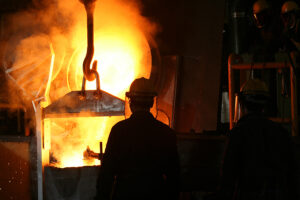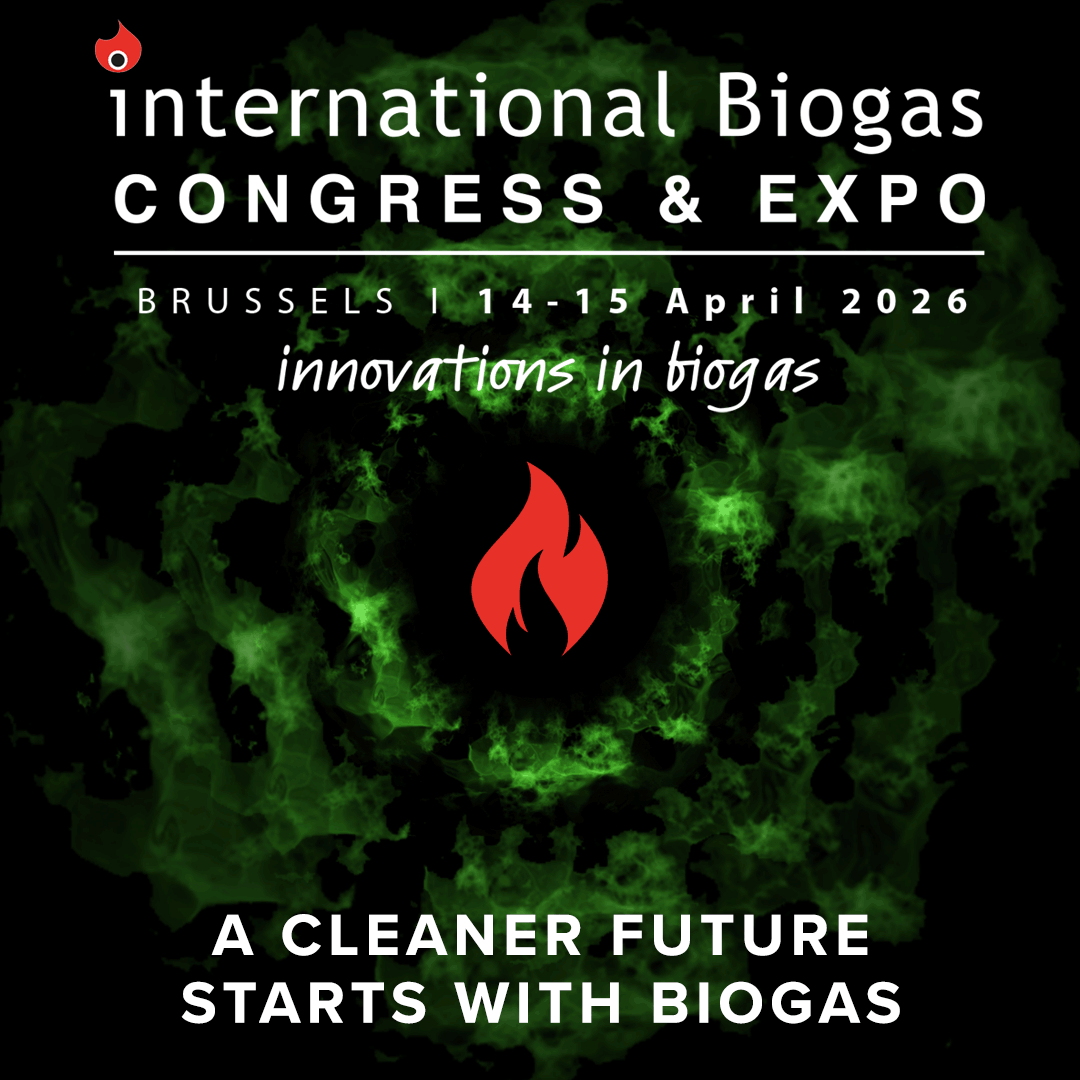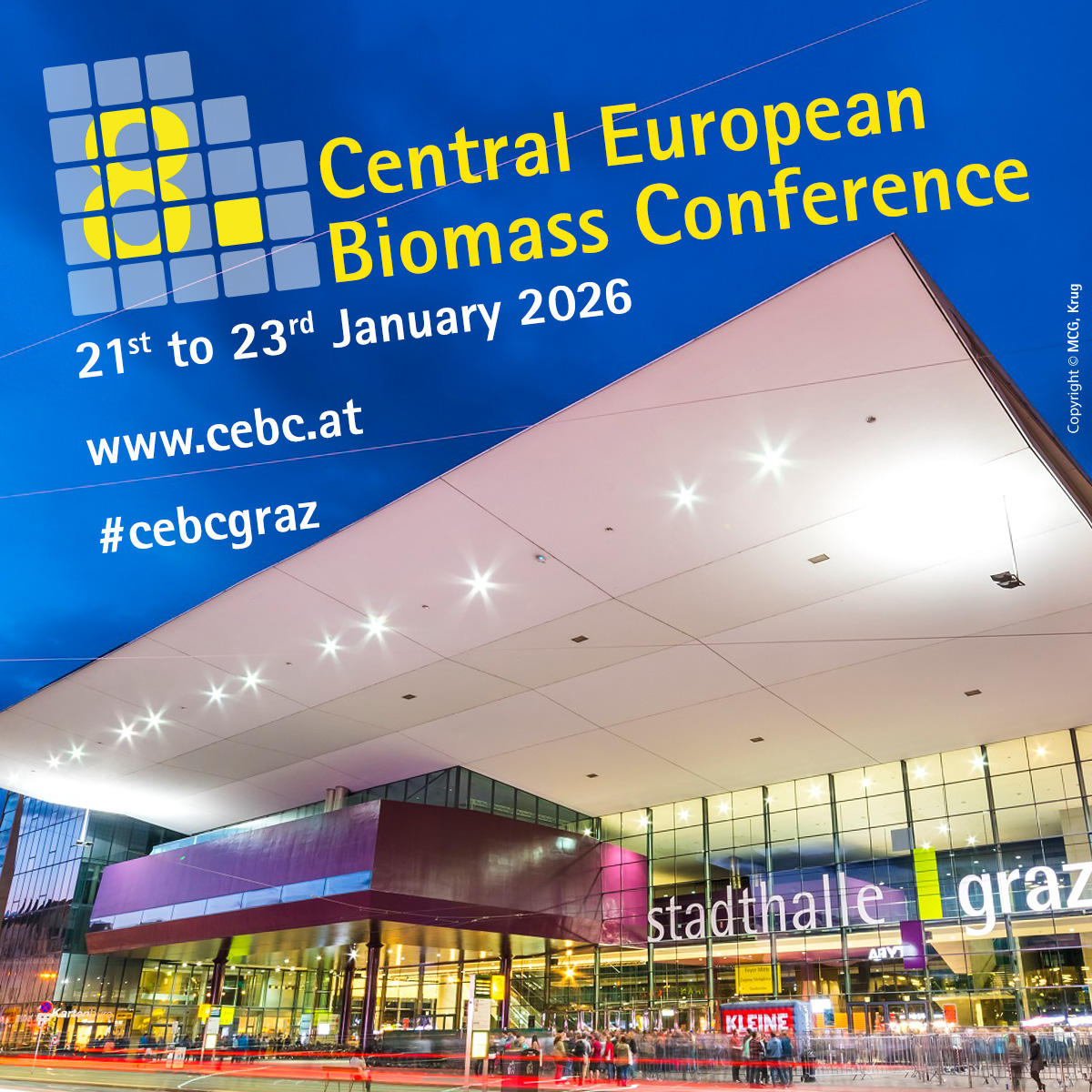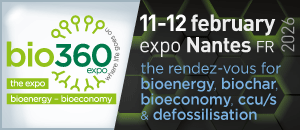Bio-waste biocoal could drive green steel revolution in Europe

According to innovation hub I3P, bio-waste differs from woody biomass - which it said is limited by high costs and constrained supply.
Bio-waste offers a more accessible and sustainable feedstock for biocoal production, it said.
This approach not only helps reduce reliance on fossil coal in steelmaking but also makes productive use of organic waste materials that would otherwise go unused.
However, using bio-waste for biocoal presents key technical challenges.
The material must meet stringent quality criteria to be viable for steel applications, particularly in terms of ash content and the presence of undesirable elements such as phosphorus, potassium and sulphur.
Interestingly, while these elements are problematic in steel production, they are valuable in agriculture - especially phosphorus, a key nutrient in fertilisers. This duality opens up opportunities for resource recovery and reuse.
As part of the European H2STEEL project, partners including I3P have made major strides in improving the quality of biocoal derived from bio-waste through pyrolysis.
Advanced chemical treatments and innovative phosphorus recovery methods have been developed to upgrade biocoal properties, making it suitable for use in the steel industry while also enabling the recovered nutrients to be used in agricultural applications.
These advances will be showcased in an upcoming workshop organised by the Renewable Energy Consortium for Research and Demonstration (RE-CORD).
The event will present recent findings from the H2STEEL project, highlighting pilot-scale results and technical innovations that bring the EU closer to a climate-neutral, circular steel sector.
















